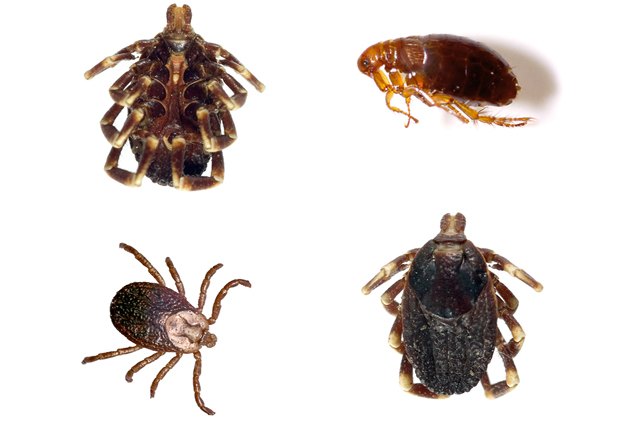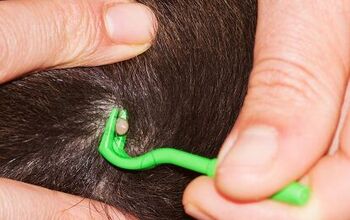Flea And Tick Control: Fact Or Myth?

When it comes to flea and tick control there is a lot of misinformation out there. When you have a flea or tick problem to deal with, you can’t waste time on solutions that don’t work. To ensure that you have the right information about these itchy pests, check out some of the most common flea and tick myths below.
Myth: My Pet Only Needs Flea and Tick Protection During the Summer
Fact: While fleas and ticks are more of a problem during the warm summer and fall months, your dog is at risk for flea and tick infestations all year round – especially if you live in a warmer climate. Even if there aren’t a great deal of fleas or ticks outside during the winter, these pests can still live inside and on your pet. Your best bet to prevent fleas and ticks is to use a topical preventive all year long.
Related: What’s The Difference Between Fleas and Ticks?
Myth: All Ticks Carry Disease
Fact: While many ticks do carry disease, not all of them do. There are three species of tick in the United States that you may come into contact with: Lone Star Ticks, American Dog Ticks, and Deer Ticks. Deer ticks are the most likely to carry illnesses like Lyme disease (about 70 percent of them do) but American Dog Ticks can carry things like Rocky Mountain spotted fever (about 1 in 1,000 carry the disease).
Myth: Over-the-Counter Preventives are just as good as Prescription
Fact: Flea and tick prevention is not something you want to skimp on, but many people try to save money by buying over-the-counter preventives. The truth is that the product you get from your veterinarian is more potent and more effective than any over-the-counter option. Some over-the-counter flea and tick preventives can even be toxic for your pet, especially if you do not administer them correctly.
Related: Top 10 Flea and Tick Prevention Tips
Myth: Ticks Only Fall From Trees
Fact: Many people assume that ticks live in trees and jump or fall from those trees onto their hosts. In reality, ticks live in grassy areas and they climb up the body of their hosts. Deer ticks are the least aggressive species – they tend to stop when they reach a clothing barrier on humans – but other ticks might not be so easily stopped. If your dog has long fur it might help to prevent ticks from latching on but most ticks have no problem finding their way to the skin.
Myth: A Few Fleas Aren’t Necessarily a Problem
Fact: The truth of the matter is that where there is one flea, there are likely to be hundreds. Most flea infestations actually occur in the carpet, furniture, or bedding in your house – this is where the fleas deposit their eggs. The adult fleas you find on your pet only represent a small percentage of the actual number of fleas likely to be present in your home.
Myth: Heat Can Help Make a Tick Release Its Hold
Fact: Not only is this myth completely false, but it could actually be dangerous for your pet. Applying heat could make your dog more susceptible to any diseases the tick may be carrying. Your best bet in a pinch is to use a pair of tweezers to grasp the tick by the head as close to the skin as possible and pull it out in on swift motion. The risk of contracting a disease from a tick is much lower if you remove it within 24 to 48 hours after it attaches.
Fleas and ticks are not something that should be messed with. Their potential to transmit dangerous diseases to your dog is real so you need to make sure you have correct information about dealing with these pests.

Kate Barrington is the loving owner of two cats (Bagel and Munchkin) and a noisy herd of guinea pigs. Having grown up with golden retrievers, Kate has a great deal of experience with dogs but labels herself a lover of all pets. Having received a Bachelor's degree in English, Kate has combined her love for pets and her passion for writing to create her own freelance writing business, specializing in the pet niche.
More by Kate Barrington






















